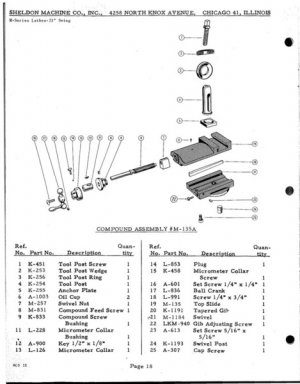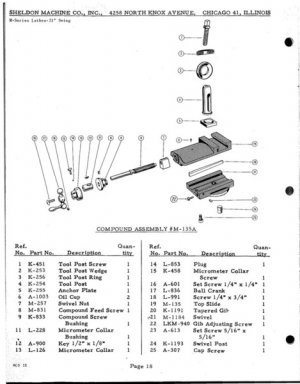OK. That worked. But you just added one more reason to the list of reasons not to do photos or files this way.
You would rather burn up the forum servers bandwidth instead of mine? I get the first 300Gb before my $50/month rate goes up, typical month, me and the web page use 30 of it. If 20 people are interested enough to dl those two pix, its still only 100 megs as the two of them total about 5 megs straight out of the camera. Biggest problem I see is my relatively poor upload bandwidth, so they are slow to load.


